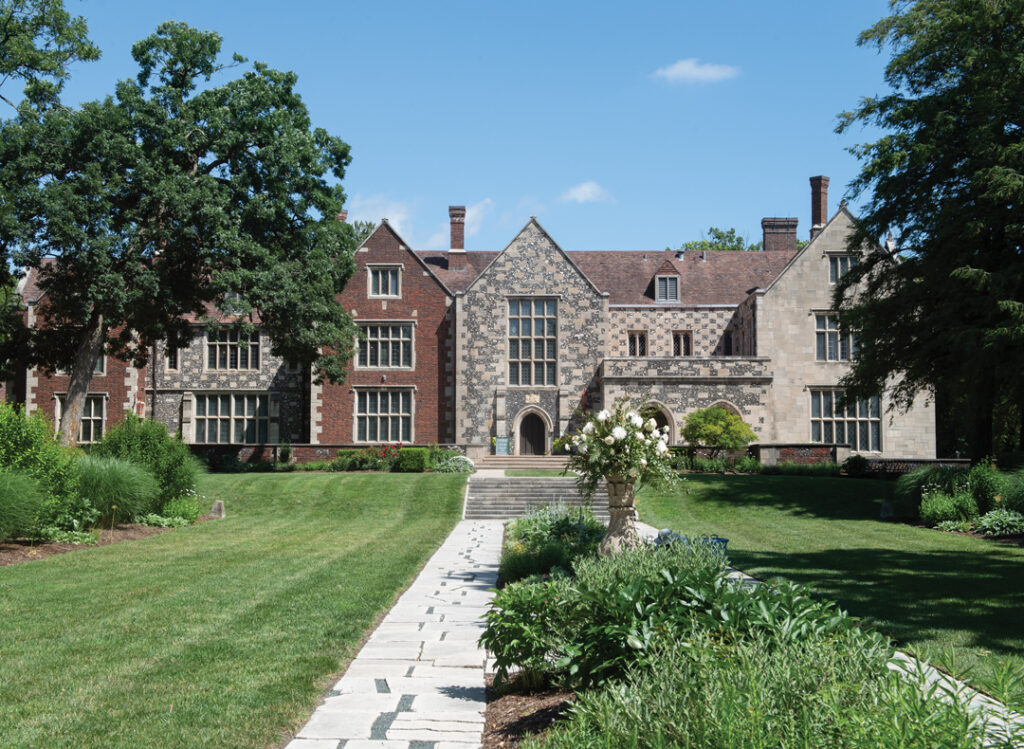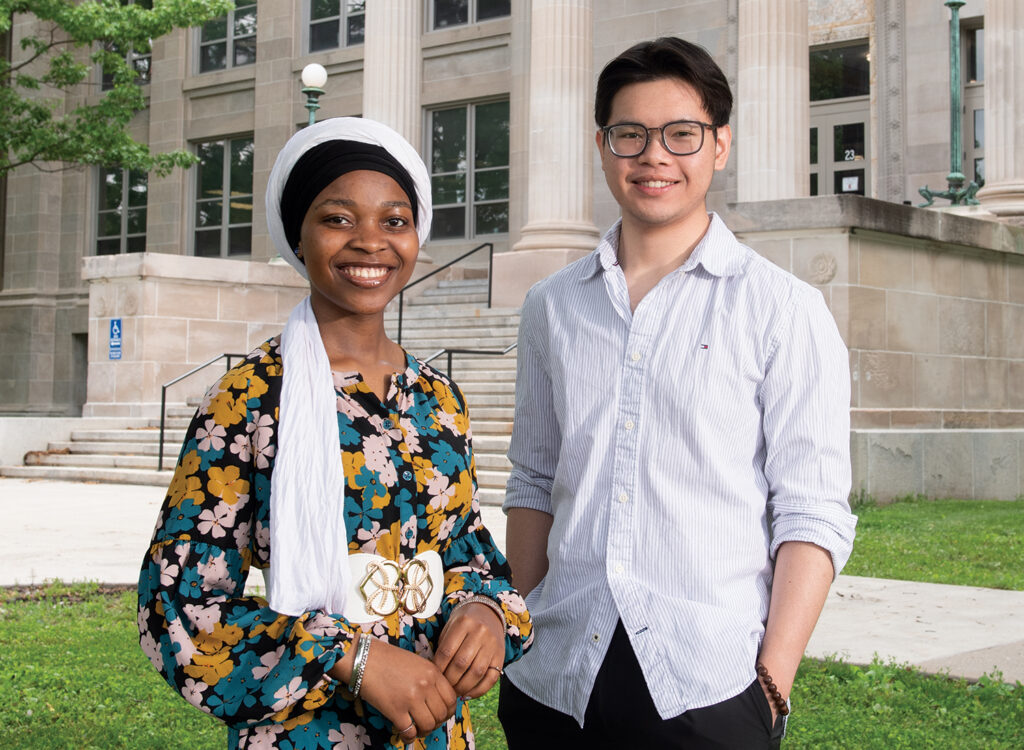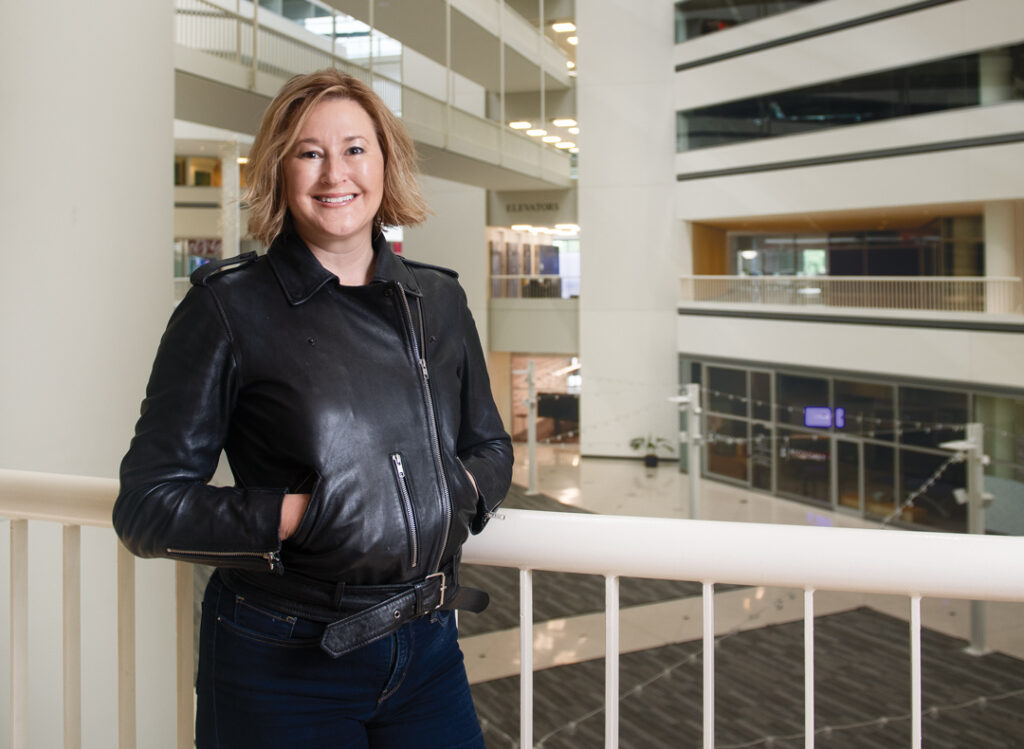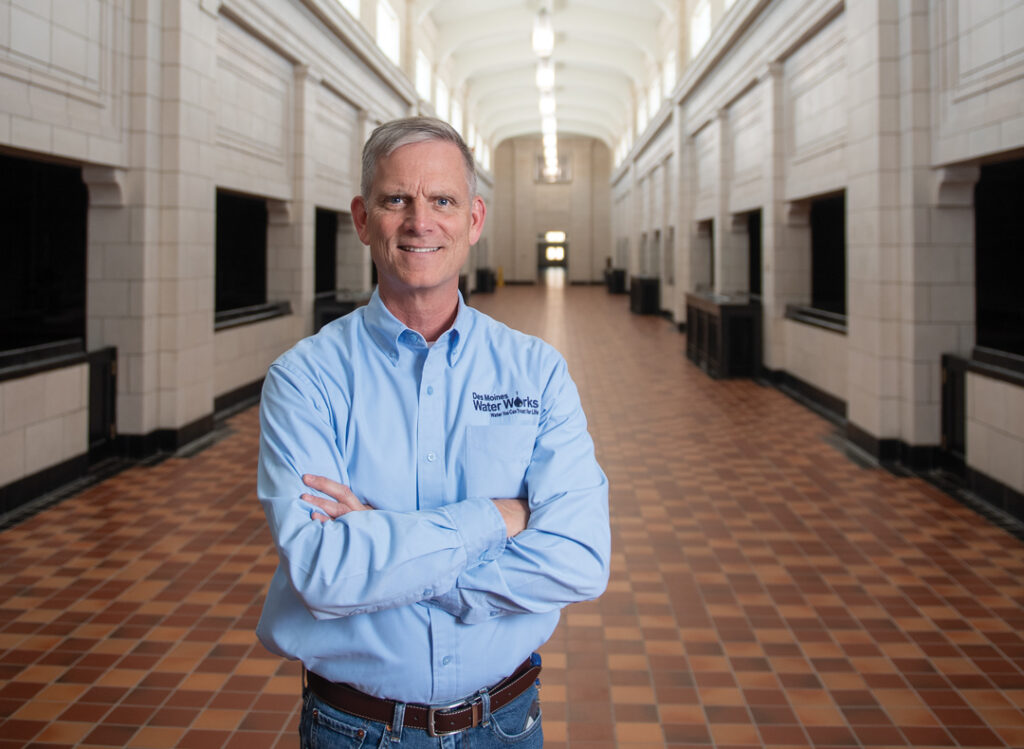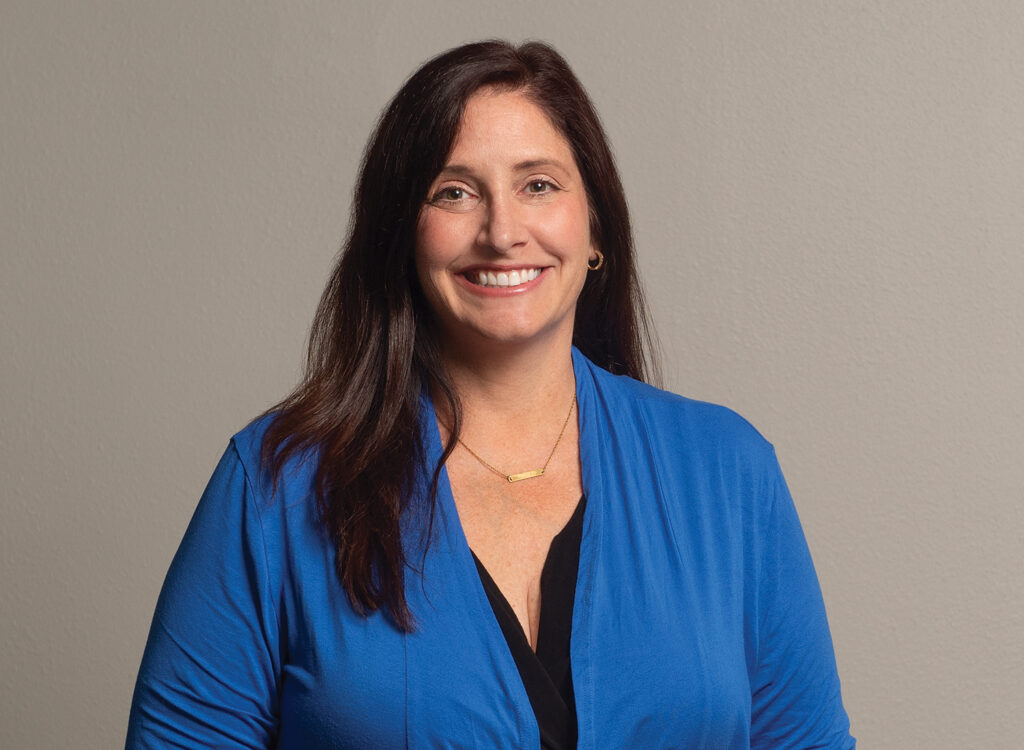NOTEBOOK: The evolution of sustainability

PERRY BEEMAN Jan 9, 2019 | 8:36 pm
2 min read time
513 wordsBusiness Record Insider, The Insider NotebookOne of my first stops in reporting a recent story on Des Moines’ sustainability efforts was to see Kevin Nordmeyer at BNIM architecture firm at Sixth and Locust streets.
Nordmeyer is especially well-positioned to comment on how building managers have changed their work to save energy and water over the years.
BNIM was one of the founders of the United States Green Building Council, which brought the familiar LEED (Leadership in Energy and Environmental Design) rating system to the construction world. For his part, Nordmeyer has preached efficiency from architecture firms to the Iowa Energy Center, which he ran at one point.
He has noticed a change. What once was a building-by-building analysis that had perhaps lost steam in some corners has now become an effort to look more regionally. In Des Moines’ case, there is a debate over a city ordinance that would push the issue on businesses assessing their use of energy and water, for example.
In addition, there is more focus on the health of office workers across the globe, Nordmeyer said.
“People were starting to talk about energy efficiency ever since the ’70s and the oil embargo. Other things, like recycled content, stormwater management, and indoor air quality, weren’t talked about as much. The LEED system really did transform the marketplace so that every carpet manufacturer today has recycled content and programs in place for that. Indoor air quality has become part of the code. Energy efficiency codes have increased in the past 15 years,” Nordmeyer said.
Nordmeyer has seen less emphasis on LEED certifications now, due to the expense and work involved, but still a commitment to efficiency. There have been times when interest lagged a bit, but the work now seems to be transforming to broader efforts to not only save power and water, but also to make sure work environments help employees.
In Nordmeyer’s view, the transformation went like this:
Do less harm. This was the original LEED program. “It was very building-centric. It was, ‘Let’s be 50 percent better than code; let’s save 30 percent of the water.’ ”
Do no harm. In 2010, the Living Building Challenge (https://living-future.org/lbc/) became prominent. The goal is to create healthful, compelling structures that offer occupants “light, air, food, nature, and community,” according to the organizers’ website. “They are trying to generate as much electricity as they consume, trying to use stormwater to flush toilets,” Nordmeyer said.
Do some good. At about the same time, architects started talking about “regenerative design,” which means the building is designed to restore, renew or revitalize the energy and materials used. “We think the future is trying to create more energy than you consume, and try to reuse all water on-site,” Nordmeyer said.
In 2012, the focus included the International Well Building Institute’s focus on air, water, nourishment, light, fitness, comfort and mind. “We think this is where the industry is really headed,” Nordmeyer said. It’s a rating of wellness of buildings. Find more at www.wellcertified.com.
In recent years, the Salk Institute has studied how different types of light affect people’s circadian rhythms.




